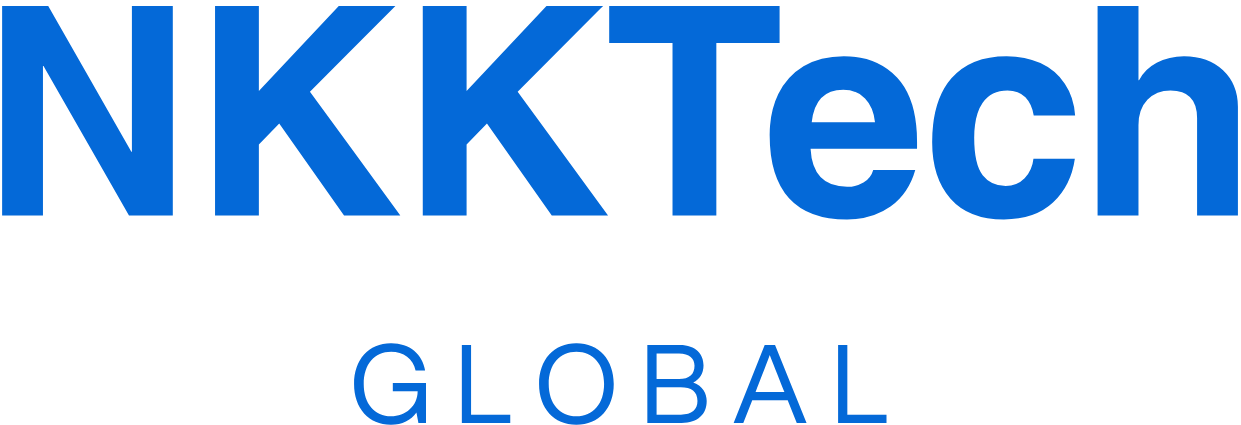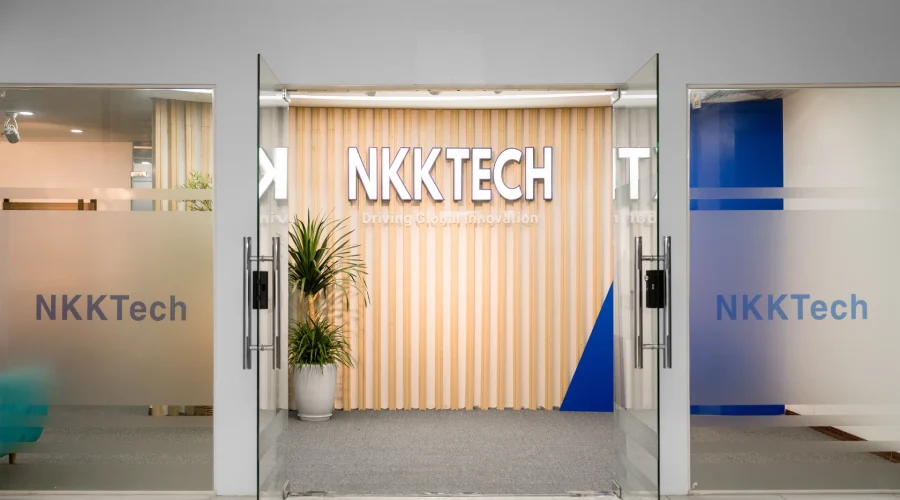1. Introduction
In today’s digital era, customer interaction in multiple languages is no longer optional but a critical factor for global market expansion. AI Chatbot Development with multilingual capabilities provides businesses with natural communication, around-the-clock customer service, and optimized operational costs. Notably, NKKTech Global has been instrumental in deploying AI chatbot solutions for both Vietnamese and international businesses, delivering intelligent systems tailored for diverse markets.
2. The Role of Multilingual AI Chatbots
A multilingual AI chatbot is not merely an automated FAQ tool; it represents a strategic asset for enterprises aiming for global growth. Its importance lies in:
- Global Communication: Seamlessly bridging language barriers and enabling engagement with customers in their native languages.
- Enhanced Experience: Ensuring customers feel valued and understood by interacting in familiar linguistic contexts.
- Cost Efficiency: Reducing the dependency on extensive multilingual human support teams.
According to Gartner, 70% of customers prefer companies that leverage AI to provide native language support. This underscores the immense potential of AI Chatbot Development for enterprises focusing on customer-centric strategies.
3. Challenges in Multilingual AI Chatbot Development
Despite the obvious advantages, developing multilingual AI chatbots presents several challenges:
- Semantic complexity: Each language has unique grammar, tone, and cultural nuances.
- Limited training data: For Vietnamese in particular, high-quality NLP datasets are still scarce, posing difficulties in building robust models.
- Performance optimization: Ensuring chatbots provide quick and accurate responses across multiple languages simultaneously.
- System integration: Aligning chatbots with CRM, ERP, and enterprise-level digital ecosystems.
4. Technological Solutions for AI Chatbot Development
To address these challenges, advanced technology solutions are applied:
- NLP & NLU: Utilizing deep learning models like BERT and GPT to comprehend semantic and contextual meanings.
- Machine Translation: Integrating AI-powered translation systems to handle multilingual inputs and outputs effectively.
- Hybrid Approach: Combining rule-based methods with AI-driven learning for higher accuracy and reliability.
- Low-code/No-code platforms: Accelerating deployment, allowing businesses to customize chatbot features with minimal technical resources.
NKKTech Global has successfully executed numerous chatbot projects using these technologies, enabling small and medium enterprises to adopt cost-effective AI solutions.
5. Development Process of a Multilingual Chatbot
A structured development process ensures the effectiveness of multilingual AI chatbots. Typical steps include:
- Needs analysis: Identifying target markets, required languages, and business goals.
- Data collection: Building multilingual datasets with emphasis on Vietnamese language resources.
- Model training: Applying NLP algorithms for contextual understanding and accurate responses.
- System integration: Connecting chatbots with CRM platforms, websites, and mobile applications.
- Testing & evaluation: Ensuring conversational accuracy, speed, and user satisfaction.
- Deployment & maintenance: Monitoring and continuously improving chatbot performance.
6. Specific Features for Vietnamese Language Support
Vietnamese introduces distinct challenges for AI Chatbot Development due to its linguistic characteristics:
- Tonal system: Tone marks significantly change the meaning of words.
- Word segmentation: Vietnamese does not clearly separate words with spaces, requiring specialized tokenization methods.
- Polysemy: Many words carry multiple meanings depending on context.
Solutions include applying word segmentation tools and contextual embeddings that improve chatbot understanding and ensure natural responses.
7. Practical Applications in Business
Multilingual AI chatbots provide tangible benefits across various industries:
- Banking: Assisting international clients with account services and inquiries.
- E-commerce: Managing global customer support, orders, and returns.
- Education: Offering multilingual student counseling and course recommendations.
- Healthcare: Guiding patients through multilingual instructions for services and appointments.
8. Optimization and Expansion Strategies
For sustainable performance, businesses must optimize and scale chatbots with strategies such as:
- SEO optimization: Integrating chatbots on websites to improve customer acquisition and search experience.
- Data analytics: Monitoring user behavior to refine conversation flows and enhance personalization.
- Cross-platform integration: Expanding chatbot usage across social media, email marketing, and ERP systems.
9. Future Trends of Multilingual Chatbots
The future of AI Chatbot Development for multilingual support is shaped by advancements in AI and conversational technology:
- Hyper-personalized chatbots: Delivering customized experiences based on individual user data.
- Advanced conversational AI: Providing more natural, human-like interactions.
- Omnichannel integration: Offering consistent chatbot performance across all customer touchpoints.
10. Conclusion
Developing a multilingual AI chatbot with Vietnamese support is a long-term strategy for enhancing customer satisfaction and global competitiveness. With NKKTech Global and cutting-edge AI Chatbot Development technologies, businesses can implement intelligent, cost-effective, and scalable chatbot solutions that deliver sustainable value.




